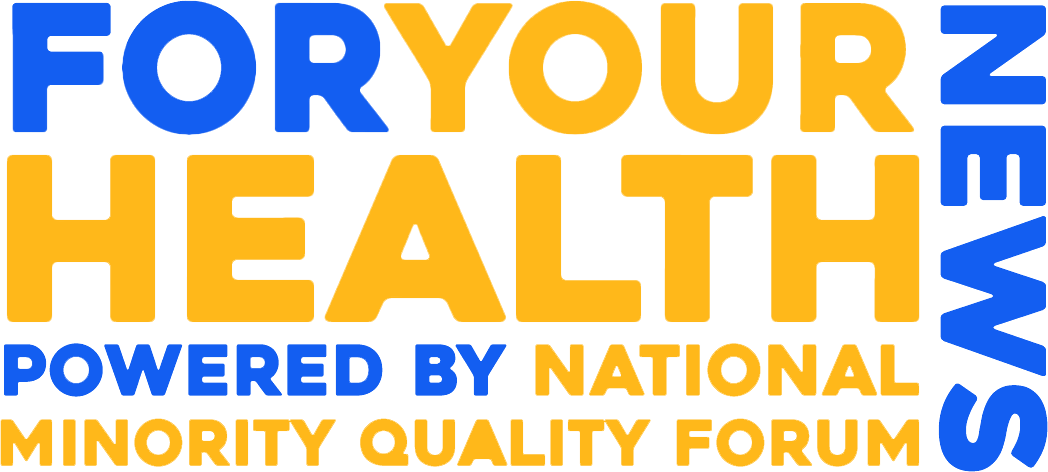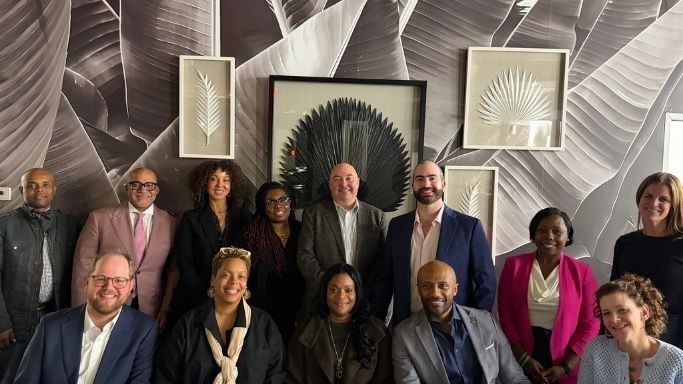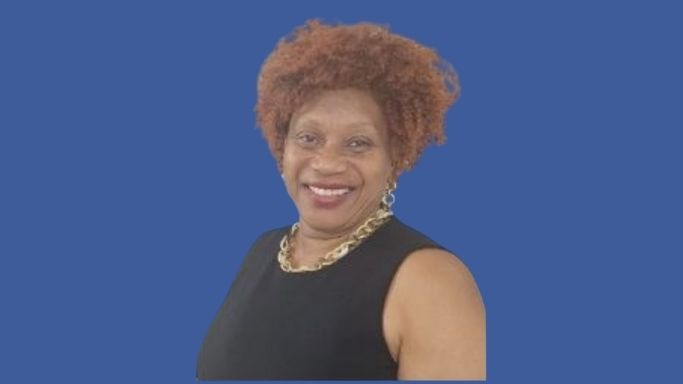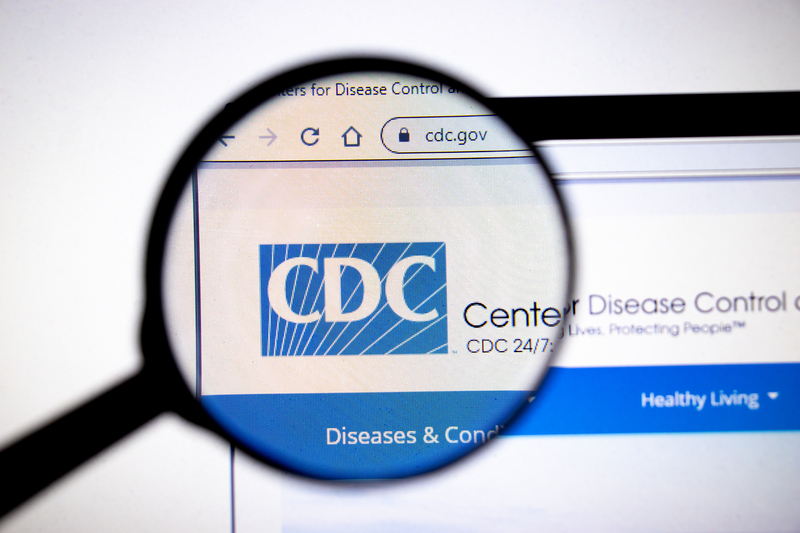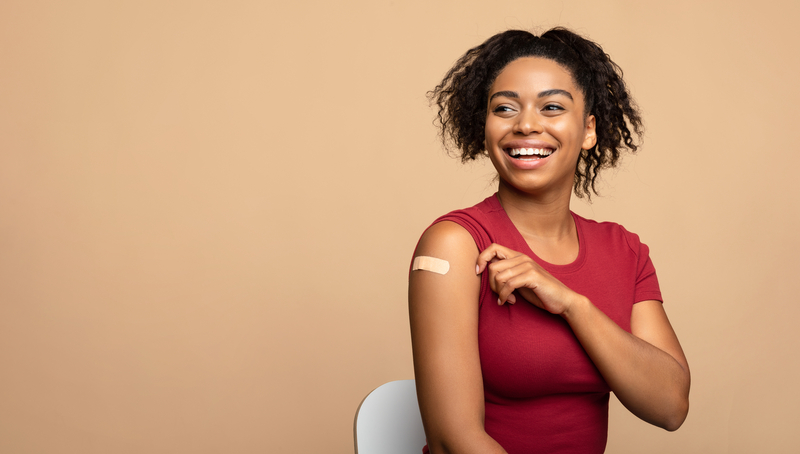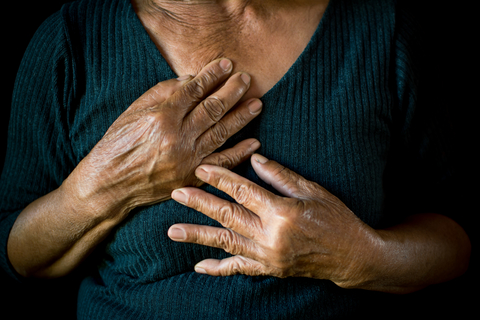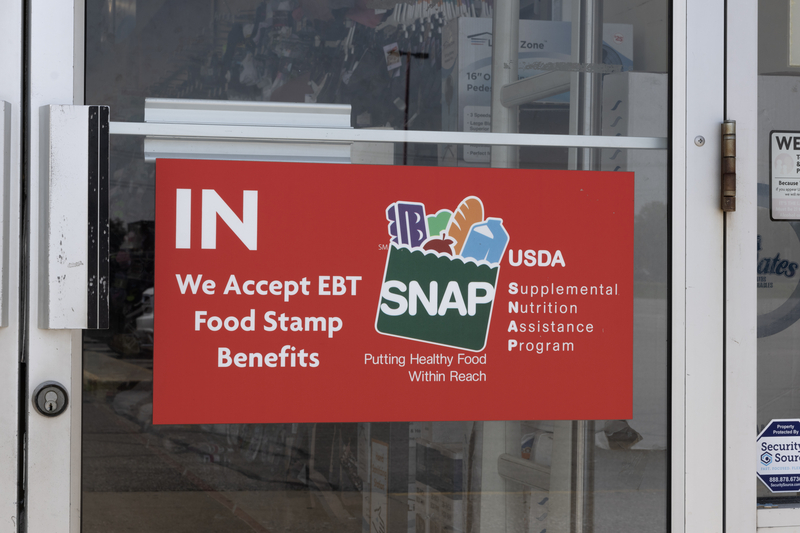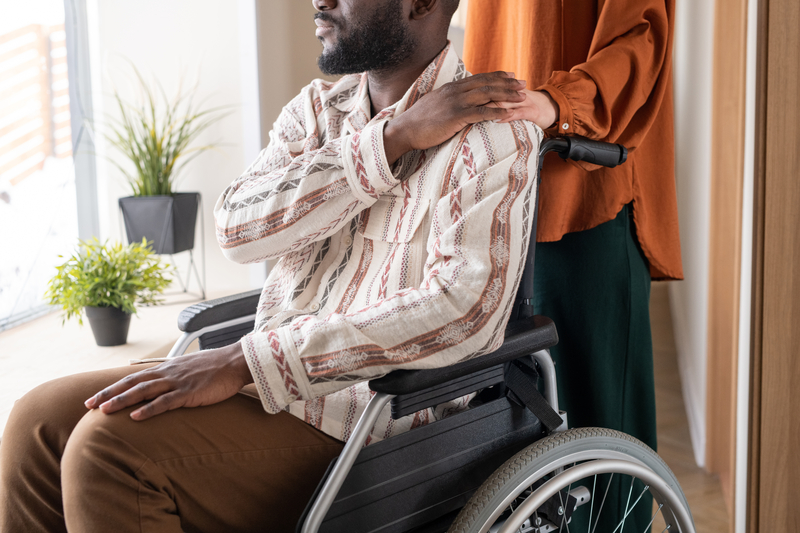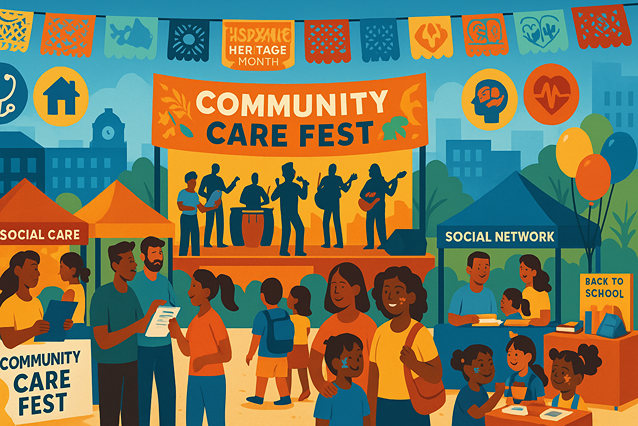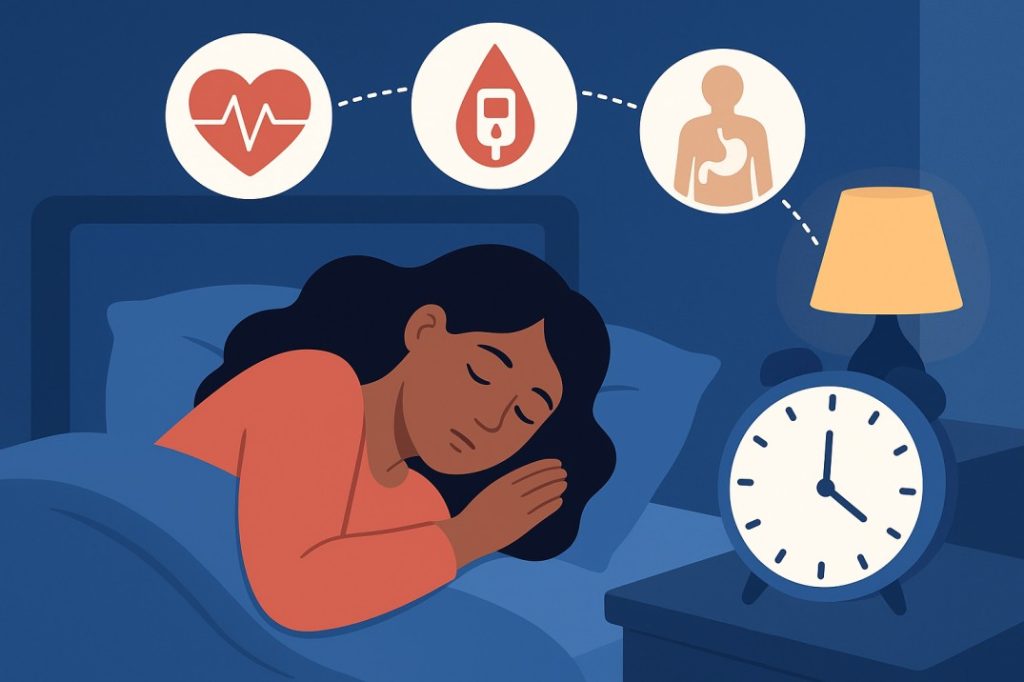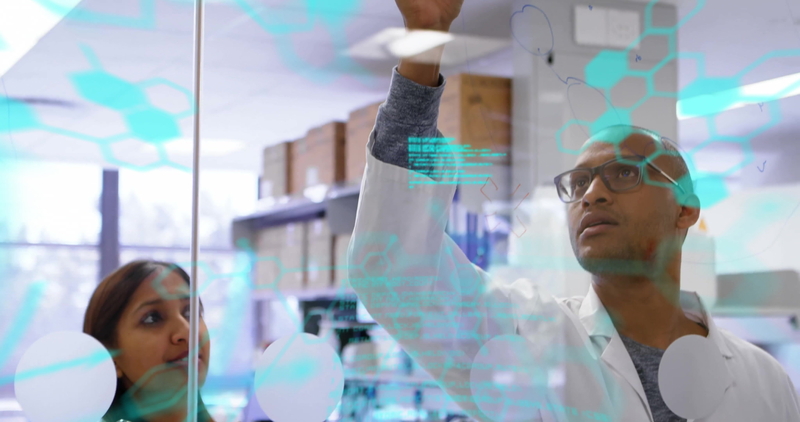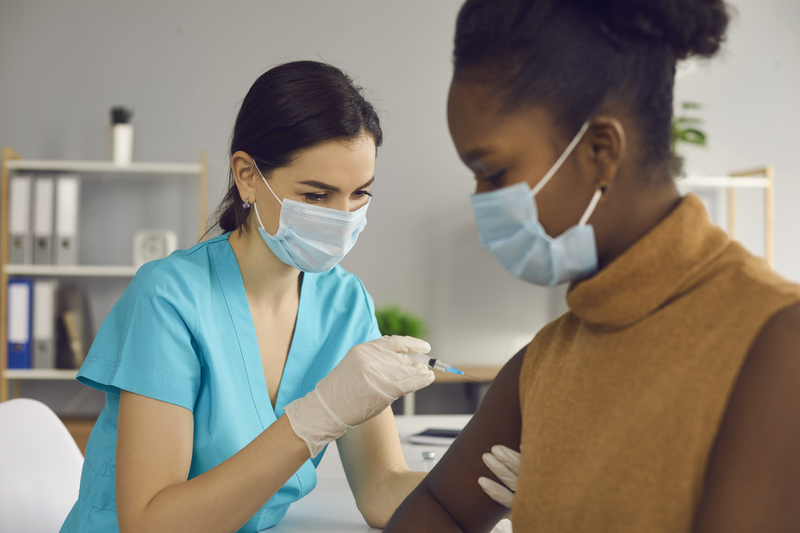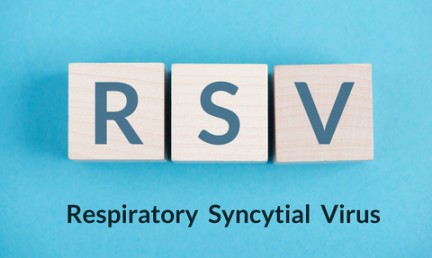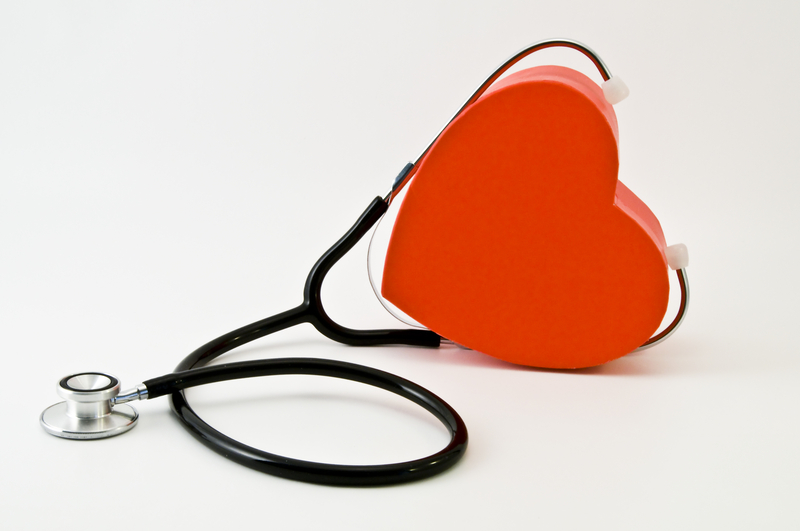
For too many Americans—especially those in Black, Hispanic, Indigenous, and rural communities—seeing a doctor isn’t as simple as making an appointment. Distance, cost, and trust barriers often mean that essential checkups or preventive screenings are delayed—or never happen at all.
That’s where pop-up clinics are changing the game.
These mobile, temporary health centers are bringing critical care directly into neighborhoods that need it most, closing long-standing gaps in access and rebuilding trust between communities and the health system.
What Are Pop-Up Clinics?
Pop-up clinics are short-term health sites set up in community spaces like schools, churches, libraries, or even parking lots. They often run for a day or weekend, providing free or low-cost medical, dental, and vision care; vaccinations; mental-health screenings; and chronic disease management.
Unlike traditional healthcare facilities, these clinics go to the people, not the other way around. They’re staffed by licensed medical professionals, local health departments, or nonprofit organizations, often in collaboration with community leaders who help spread the word and ensure cultural fit.
Meeting People Where They Are
For many minority communities, proximity is one of the biggest barriers to healthcare. According to a 2023 Kaiser Family Foundation report, people of color are significantly more likely to live in “medical deserts”—areas with too few primary care providers or facilities.
Pop-up clinics help fill these voids by making healthcare physically accessible. Whether it’s a diabetes screening in a barbershop, a vaccination drive in a church parking lot, or a dental van visiting a rural reservation, these efforts reduce travel time, cost, and logistical burdens that often prevent care.
Cultural Competence and Trust Building
For many minority patients, mistrust of the healthcare system—rooted in generations of discrimination and neglect—remains a major barrier. Pop-up clinics, when organized with community partners, can rebuild trust through familiarity and representation.
They often include bilingual staff, culturally tailored educational materials, and local volunteers who reflect the community’s diversity. This representation encourages open dialogue, reduces fear or stigma, and promotes preventive care before crises occur.
Pop-Ups in Action: Examples Nationwide
- The Black Health Matters Health Fair Tour (2025): Traveling to major U.S. cities, this pop-up event offers free cancer screenings, COVID boosters, and wellness education for African American communities.
- UnidosUS Health Fairs: Latino-serving pop-up clinics offering vaccinations and chronic disease education in bilingual settings.
- Indian Health Service Mobile Units: Providing maternal and oral health services in rural Native American reservations.
These events often collaborate with local nonprofits and universities to gather data that helps shape longer-term public health strategies.
Why They Matter
Pop-up clinics are more than temporary solutions—they’re a bridge to equity. They demonstrate that when healthcare adapts to the needs of communities, not the other way around, outcomes improve for everyone.
But sustaining their impact requires policy support: investment in mobile infrastructure, reimbursement for community-based care, and recognition of community health workers as essential to the health workforce.
Trending Topics
Features
- Drive Toolkit
Download and distribute powerful vaccination QI resources for your community.
- Health Champions
Sign up now to support health equity and sustainable health outcomes in your community.
- Cancer Early Detection
MCED tests use a simple blood draw to screen for many kinds of cancer at once.
- PR
FYHN is a bridge connecting health information providers to BIPOC communities in a trusted environment.
- Medicare
Discover an honest look at our Medicare system.
- Alliance for Representative Clinical Trials
ARC was launched to create a network of community clinicians to diversify and bring clinical trials to communities of color and other communities that have been underrepresented.
- Reducing Patient Risk
The single most important purpose of our healthcare system is to reduce patient risk for an acute event.
- Subash Kafle
- Jessica Wilson
- Subash Kafle
